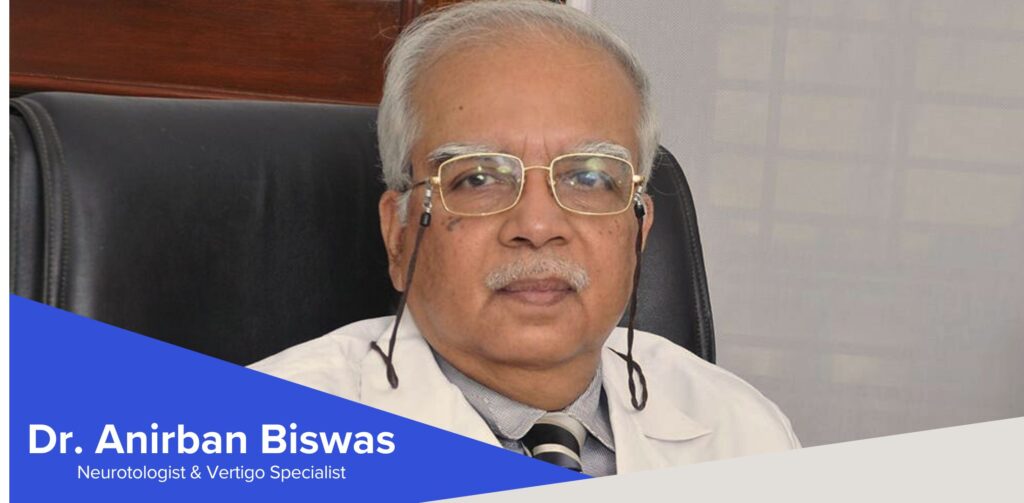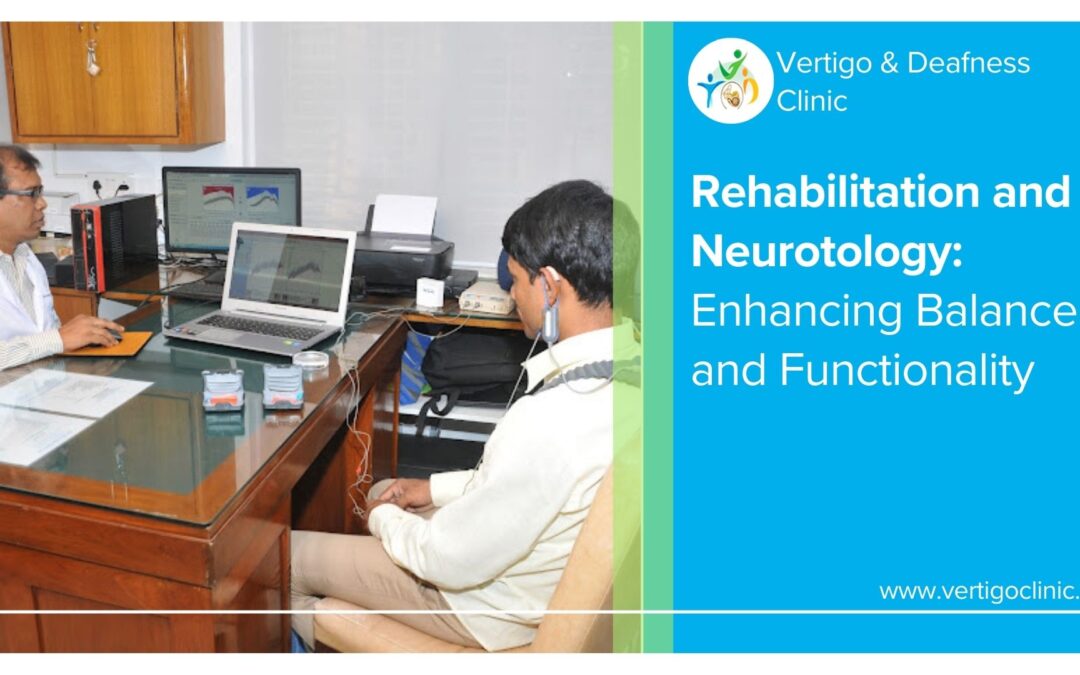Explore the synergy between rehabilitation and neurotology in enhancing inner ear health and functional healing. Our special, ‘Rehabilitation and Neurotology: Improving Balance and Functionality’. Delves into neurotology’s vital role in diagnosing and treating inner ear disorders. Challenge the newest rehabilitation techniques, encompassing advanced physical therapy and holistic strategies for balance and function restoration. Whether you’re a seasoned health practitioner or facing inner ear issues, this course guides you toward optimal health. Embark on an educational journey where neurotology intersects with performance enhancement and balance improvement objectives.
1. Introduction to Neurotology:
Neurotology is an area of specialization within ear. Specializing in diagnosing and treating conditions impacting inner ear health, nose, and throat medicine also focuses on skull base structure. Including balance issues, hearing loss or any structural changes pertaining to skull base structure. Neurotologists specialize in these fields.
Neurotology plays an essential role in diagnosing and treating problems related. which is critical for maintaining balance. Neurotologists specialize in treating vestibular system disorders in order to keep overall stability high while increasing spatial perception.
2. The Vestibular System and Its Role:
The vestibular system of the inner ear, responsible for balance detection, registers head movements and provides the brain with information regarding spatial position. Composed of semicircular canals as well as otolith organs responsible for linear and rotational movement registration, hair cells convert electrical signals into stimuli that assist the brain in processing vestibular data while reflex responses such as vestibulo-ocular reflexes help stabilize eyes while also regulating muscle activity; disruptions of this balance system may result in dizziness highlighting its essential role in spatial cognition.
Meniere’s disease, vestibular neuritis, BPPV and vestibular schwannoma can disrupt the vestibular system causing vertigo and dizziness. Labyrinthitis or certain medications may create sensorimotor discord affecting coordination and spatial orientation; sensorimotor discord may even result in labyrinthitis or sensorimotor discord leading to sensorimotor discord that impairs coordination and spatial orientation. A healthy inner ear is crucial for balance and co-ordination. But its health can be disrupted by conditions that disrupt its components which affect overall health. Further complicating matters Meniere’s disease, Vestibular Neuritis BPPV and vestibular Schwaannoma may alter components within it altering overall health, Labyrinthitis and medications may aggravate such risks.
3. Importance of Rehabilitation in Neurotology:
Rehabilitation therapy for vestibular disorders. or inner ear disorders in general, is vital. Vestibular rehabilitation therapy – a specific kind of physical therapy designed specifically to improve balance. Dizziness reduction and overall functional improvement – consists of exercise that stimulates the vestibular system. stimulating it promotes neuroplasticity and adaptation which greatly decrease symptoms while improving quality of life and life quality overall. Adopting a holistic approach ensures both physical improvement and emotional resilience among those living with inner ear disorders.

4. Patient Empowerment:
To effectively treat inner ear problems. It’s crucial to get adequate rest as well as manage stress effectively, drink lots of fluids and adhere to a low-sodium diet. Alcohol and caffeine consumption, moderate exercise can all contribute towards relieving symptoms. Exercise for vestibular rehabilitation conducted under the supervision of healthcare professionals improves balance and reduces dizziness. Individualized advice from healthcare providers is indispensable to personalized self-care. Rehabilitation requires close cooperation between medical specialists and patients. Patient participation in terms of communicating, adhering to treatments, sharing of information and participation enhances treatment results, creating an atmosphere conducive to efficient management and improved performance.
In conclusion
Rehabilitation and neurotology collaborate effectively in providing balance and function improvement to people suffering from inner ear issues. Through targeted exercises and therapeutic treatments designed to address symptoms while also increasing overall wellness. Neurotologists play an invaluable role in diagnosing and understanding inner ear disorders. Rehabilitation specialists utilize their knowledge and expertise to design tailored programs that increase mobility, decrease dizziness, and ultimately enhance the quality of life for all. Cooperation between medical specialists and patients is vital in order to reach success. Created an alliance that goes beyond treating symptoms to empower individuals to regain balance and function. This integrated approach emphasizes the necessity for an all-encompassing rehabilitation plan in providing effective solutions to people who face inner ear challenges.

